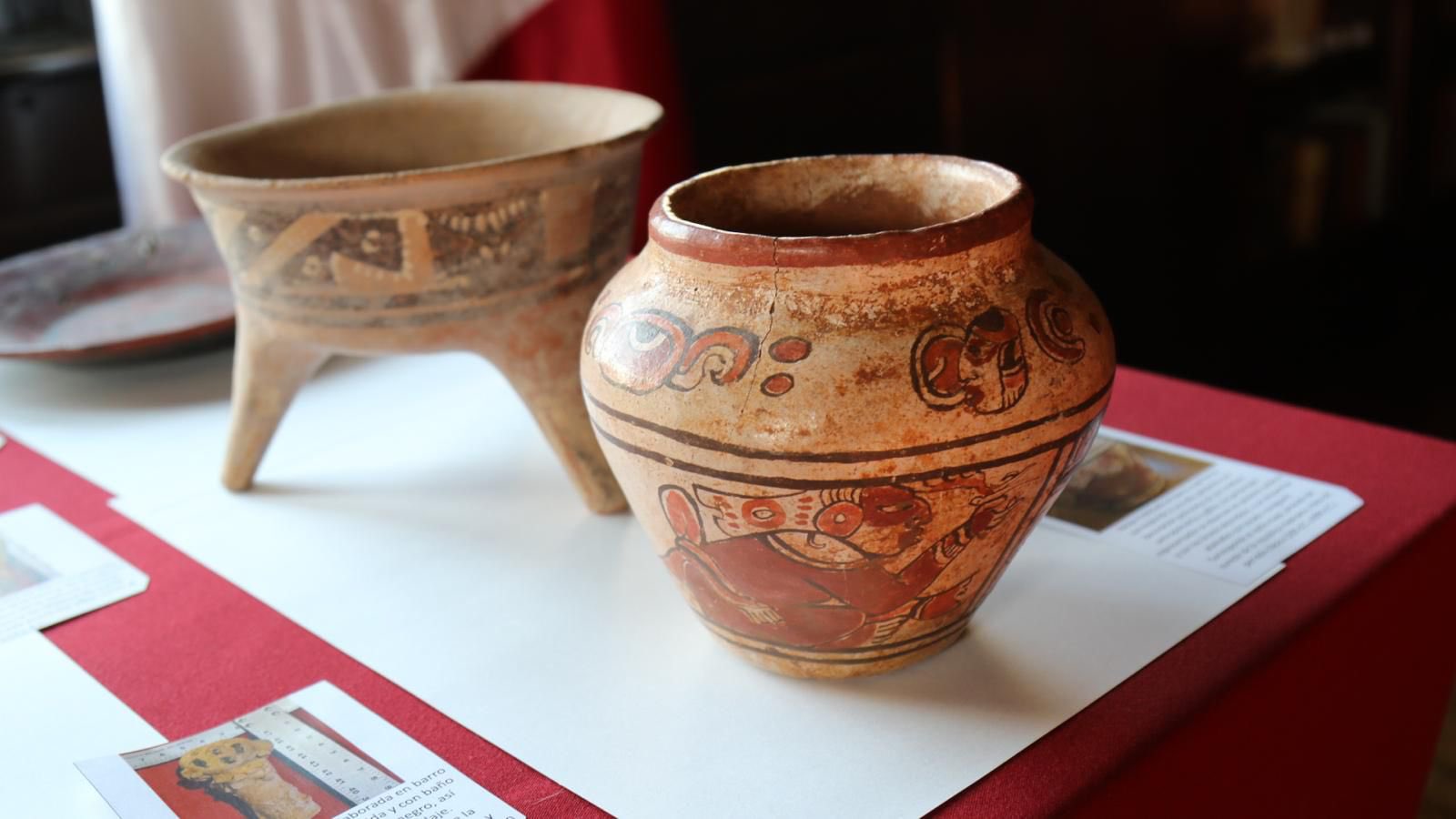
When Washington, D.C. resident Anna Lee Dozier picked up a vase at a thrift store in Maryland five years ago, she thought it a faithful reproduction of a Mayan artifact. “It did look old to me,” she told radio station KVCR, “but not old-old, like 20 to 30 years old, maybe.”
Turns out, it is much, much older than that.
The vase was on a clearance shelf at the 2A Thrift Store in Clinton, Maryland, when Dozier picked it up for $3.99 five years ago. She recognized its motifs, having visited Mexico during her work with human rights organization Christian Solidarity Worldwide.
“I could see that it had some kind of link to Mexico, in terms of what it looked like,” she said. “Since it’s a country that I work on and it’s really important to me, I thought it would be just a nice little thing to take home and put on the shelf and to remind me of Mexico.”
In January, Dozier was back in Mexico City, when she paid a visit to the National Museum of Anthropology, which houses the world’s biggest collection of Mexican art. There, she was stunned to see Mayan artifacts that looked remarkably like the vessel she had on her shelf at home.
Dozier was struck enough by the similarities that she approached a museum staffer to ask how she should authenticate what looked like a historical object. The worker, Dozier told WUSA, “was a bit skeptical, but said you would go back to your country and contact the embassy.”
She did just that once she was back in the United States. Dozier sent photos and the dimensions of the vase to the Mexican embassy, before the artifact was authenticated by Mexico’s National Institute of Anthropology and History. “I got an email saying, ‘Congratulations, it’s real and we would like it back,'” said Dozier.
According to the embassy, the vase dates to between 200 and 800 C.E., during the Classic period of Mayan history, when its civilization boomed in numbers, creative development, and major construction projects, including the monumental Tikal Temple. Historians have made connections between this particular era with that of Classical Greece and Renaissance Italy.
The repatriation ceremony at the Cultural Institute of Mexico in Washington, D.C. Photo: Esteban Moctezuma Barragán on X.
Last week, the vase was returned to Mexico during a ceremony at the Cultural Institute of Mexico in Washington, D.C. “A valuable witness to our Mayan history returns home,” tweeted the country’s ambassador, Esteban Moctezuma Barragá.
The artifact will be sent along to the Museum of Anthropology and History in Mexico for analysis before being shipped to one of the country’s other museums.
“I am thrilled to have played a part in its repatriation story. I would like it to go back to its rightful place and to where it belongs,” Dozier said of the vessel’s return. She also expressed relief at getting the vase out of her home, where she is raising three young boys: “I was petrified that after 2,000 years, I would be the one to wreck it!”
“Giving it back feels so much better than it would if I put it on eBay and I got a bunch of money,” she added. “It’s really important to recognize that some of these things, especially with such historical and cultural value to an entire country and people—you can’t really put a number on that.”